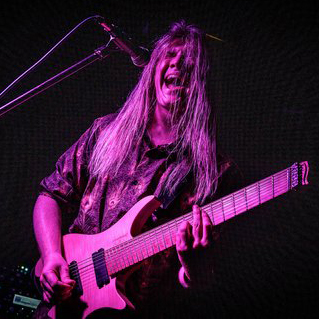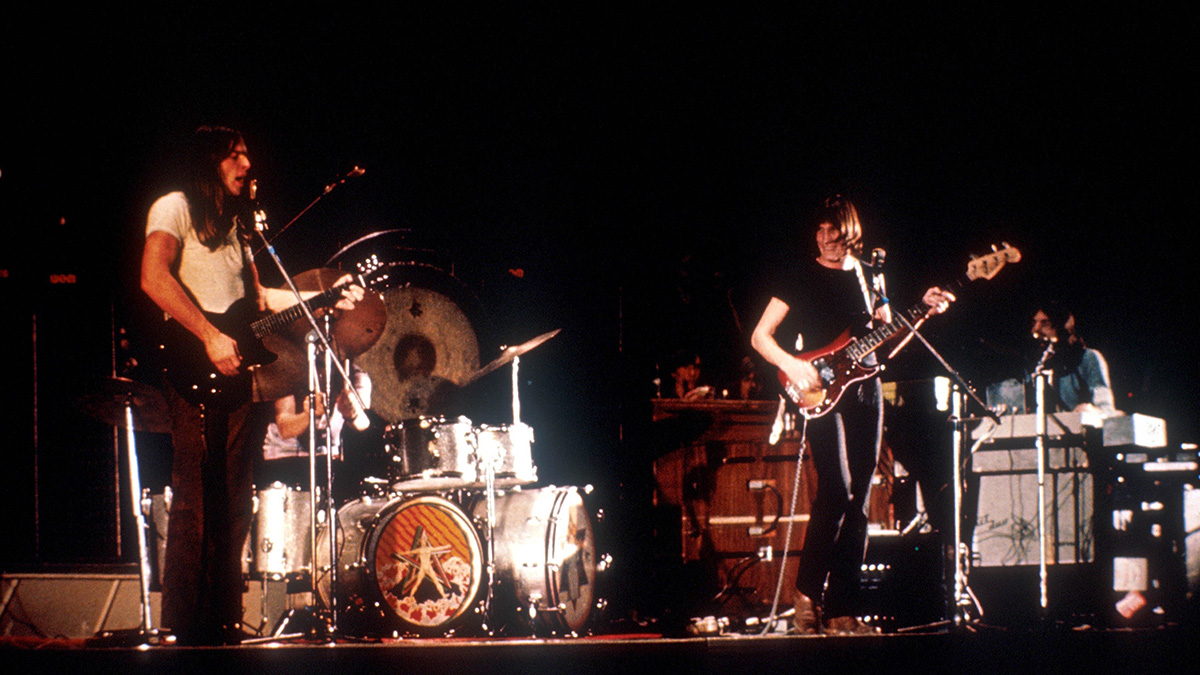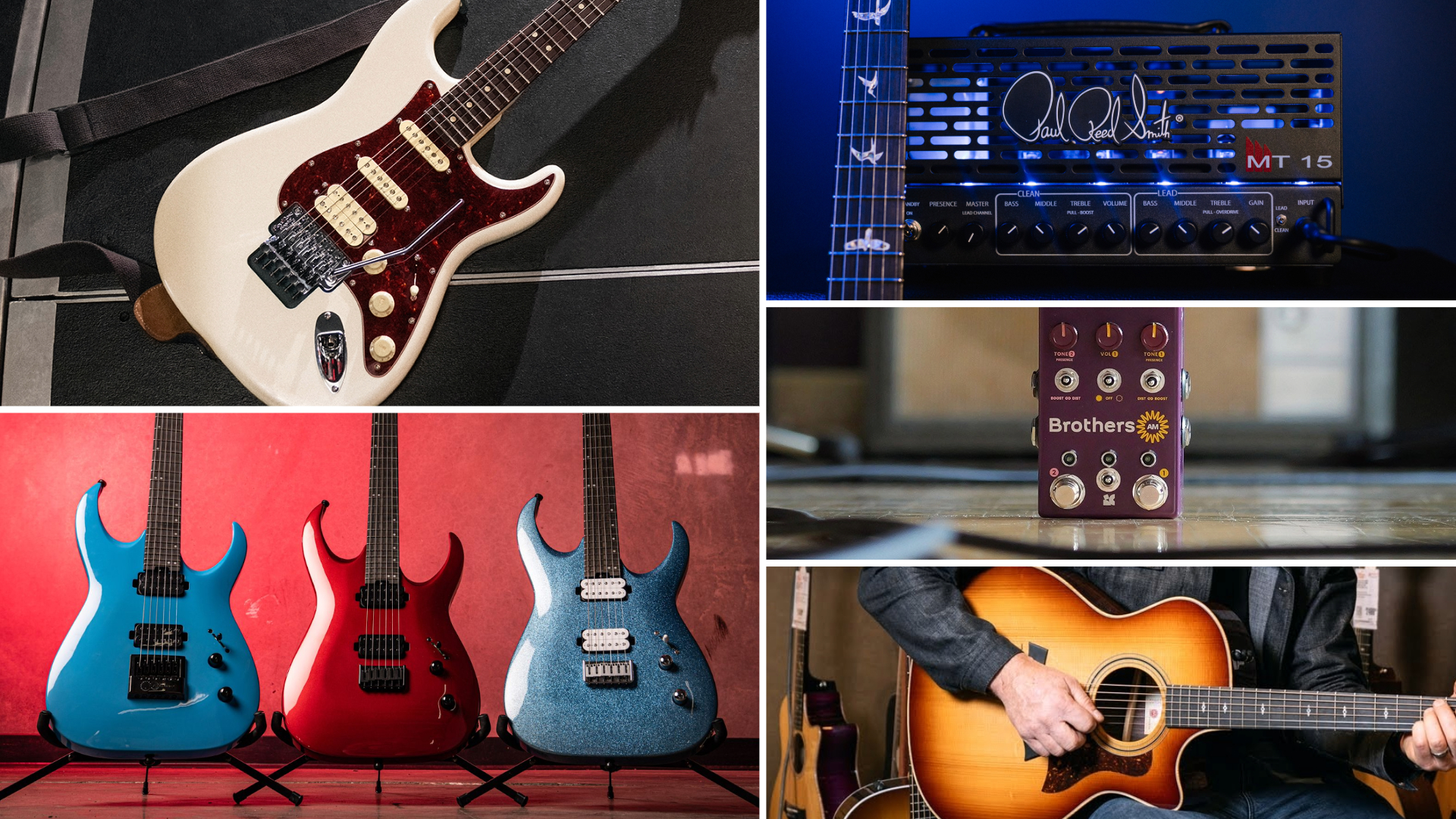“Designed out of pure selfishness”: Brian Wampler conquers a career-long challenge with the Catacombs – a hybrid delay/reverb pedal he almost didn’t release
A range of popular reverb and delay effects can be harnessed from the Catacombs, which looks to deliver complex sounds in a not-so-complex package
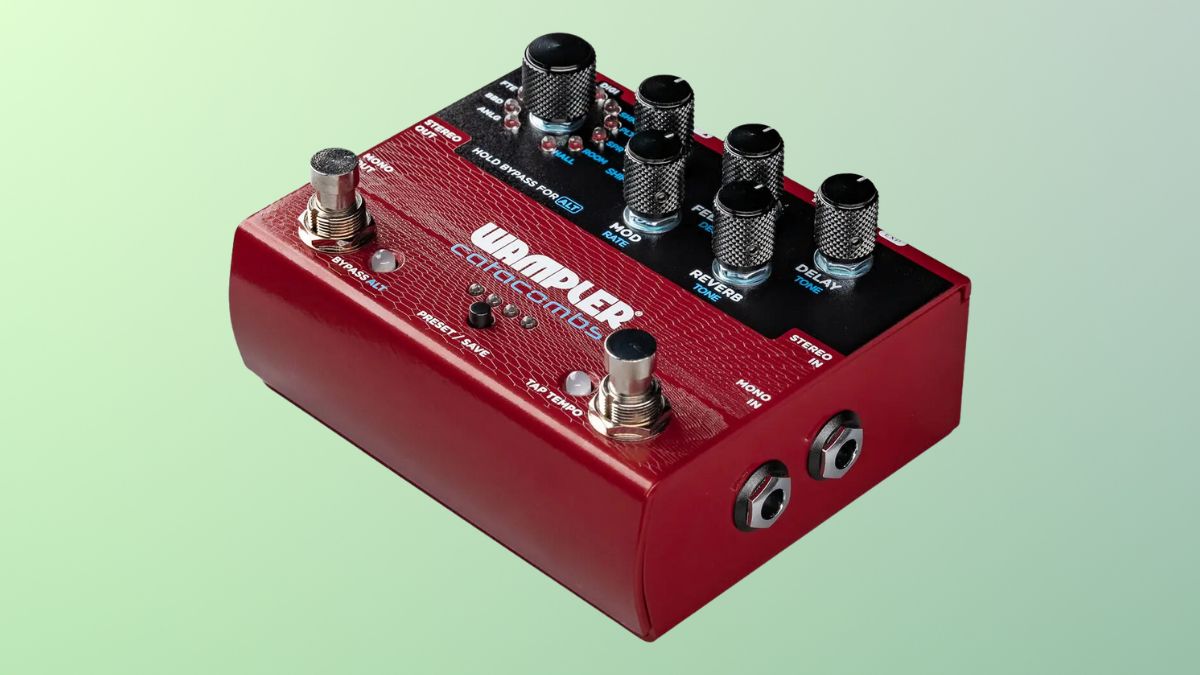
Wampler has wheeled out its latest stompbox in the form of the Catacombs – a highly intuitive two-in-one reverb/delay hybrid driven by a simple but hard-to-nail mantra.
Specifically, the firm says the pedal “will redefine your relationship with time-based effects”, with brand founder Brian Wampler looking to deliver a pedal that offers “complex editing capabilities” without a complex interface.
Previous attempts at mastering the oxymoronic build, Brian notes, has often either impacted versatility or sacrificed “precious” pedalboard space. The Catacombs pedal, then, marks the end of Wampler’s years-long quest to eliminate the need for such a compromise.
It crams “11 of the most popular delay and reverb sounds into one intuitive, powerful package,” with digital delays, plate reverbs, shimmers, and celestial echoes that can all be tweaked via the Catacombs’ cluster of controls.
That total is split between six delays and five reverb programs, and one of each effect can be run simultaneously. They can be locked into the grooves of songs via tap tempo functionality, with eight preset slots available for each user’s favorite combinations.
Further still, each effect can be run in mono, stereo, in parallel or in series modes, with the Catacombs offering further studio and stage versatility through MIDI capabilities.
Parameter dials cover Time, Feedback, Delay, Mod, and Reverb, while a Master dial selects the flavor of delay or reverb that players can edit.
Get The Pick Newsletter
All the latest guitar news, interviews, lessons, reviews, deals and more, direct to your inbox!
A number of the delays are pulled from Wampler’s existing Metaverse delay pedal, including Analog, BBD, Tape, Echo-Space, Faux Tape Echo, and Digital, the latter of which is inspired by TC Electronic’s 2290.
Wampler caveats that these are “interpretations” of those classic delay sounds, rather than out-and-out clones. For reverbs, Shimmer, Plate, Spring, Room, and Hall options are on tap.
Ultimately, chief designer Brian Wampler says he “designed the pedal out of pure selfishness,” admitting that the goal for creating a pedal that offered complexity in a streamlined package was “a quest that led me to build pedals in the first place”.
As per his demo video, he also wasn't sure he’d even end up releasing the Catacombs, as he originally designed it for his own personal use.
Spending $299.97 on the physical unit also gives players access to its sister plugin, available in AAX, AU, and VST3 formats for Mac and PC.
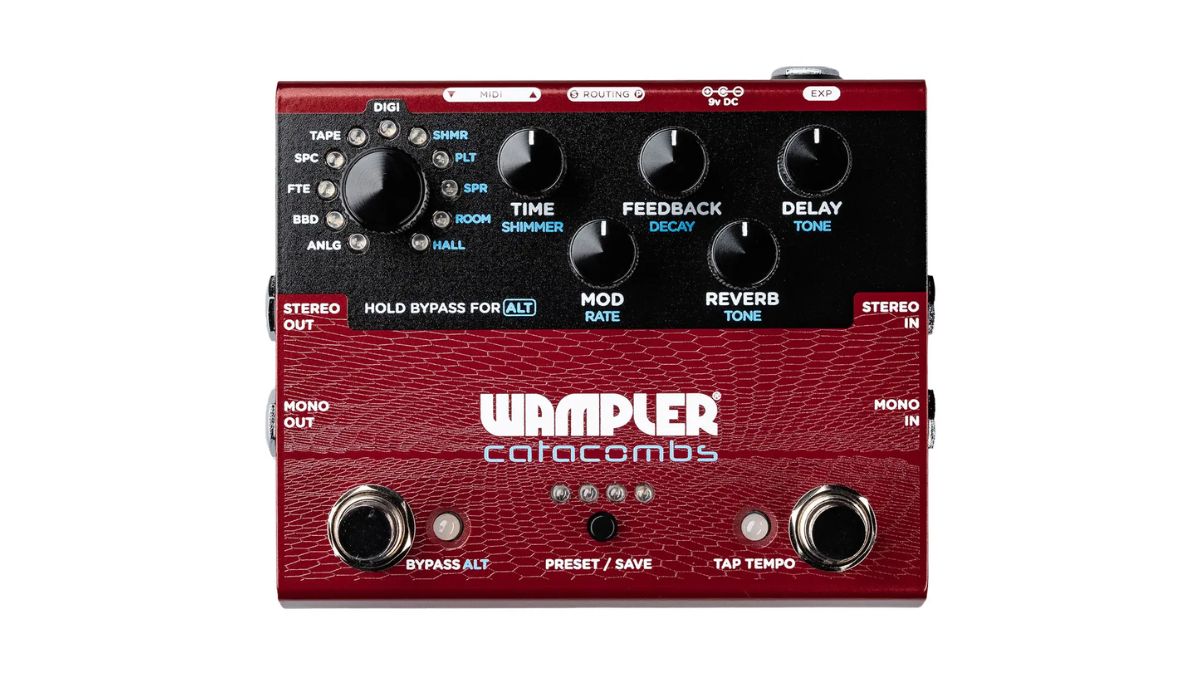
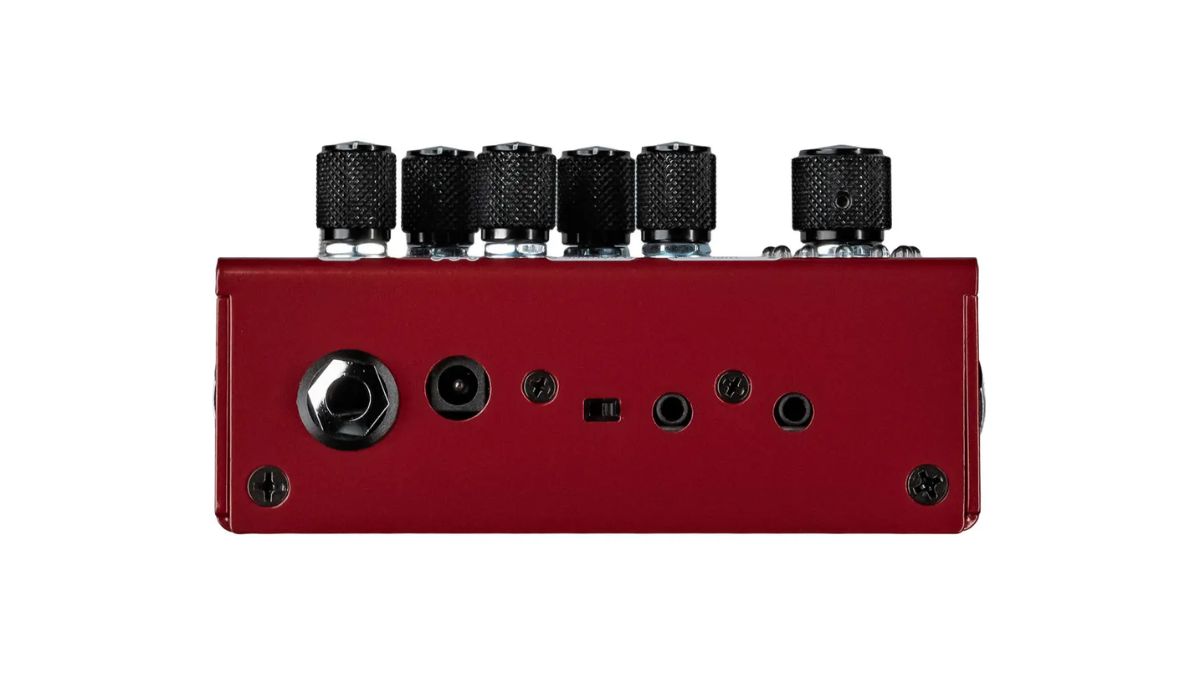
The plugin can be bought as a standalone digital gizmo for $49.99, but it’s free to those who register the pedal proper’s warranty online.
Already this year, Wampler has crammed the essence of the legendary 1176 Peak Limiter compressor into its Ego 76 pedal. Meanwhile, its Mofetta, released in May, pays homage to a cult ’90s distortion pedal that now sells for upwards of $400.
The Wampler Catacombs is available to order now.
Visit Wampler for more.
A freelance writer with a penchant for music that gets weird, Phil is a regular contributor to Prog, Guitar World, and Total Guitar magazines and is especially keen on shining a light on unknown artists. Outside of the journalism realm, you can find him writing angular riffs in progressive metal band, Prognosis, in which he slings an 8-string Strandberg Boden Original, churning that low string through a variety of tunings. He's also a published author and is currently penning his debut novel which chucks fantasy, mythology and humanity into a great big melting pot.
“The original Jordan Boss Tone was probably used by four out of five garage bands in the late ’60s”: Unpacking the gnarly magic of the Jordan Boss Tone – an actual guitar plug-in that delivers Dan Auerbach-approved fuzz
“This is a powerhouse of a stompbox that manages to keep things simple while offering endless inspiration”: Strymon EC-1 Single Head dTape Echo pedal review

